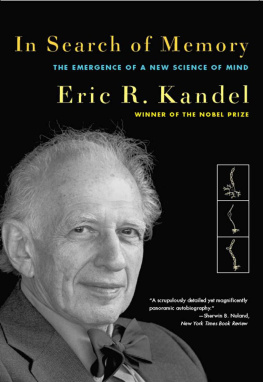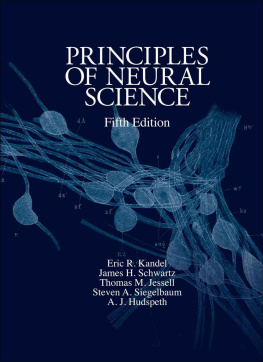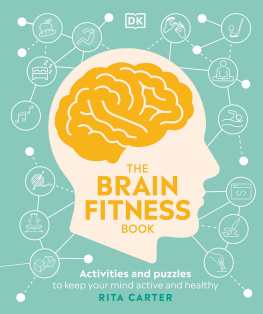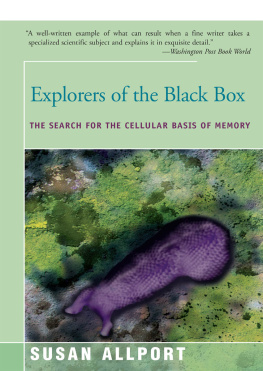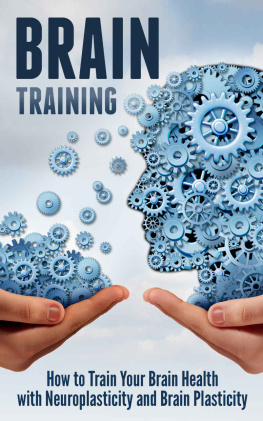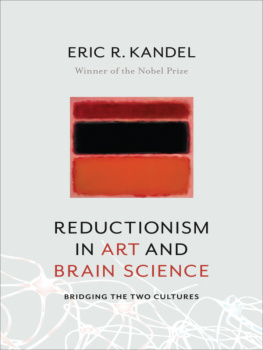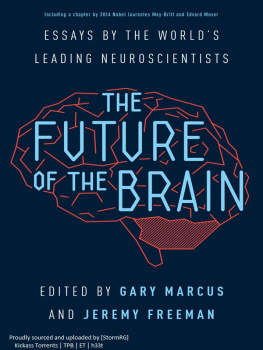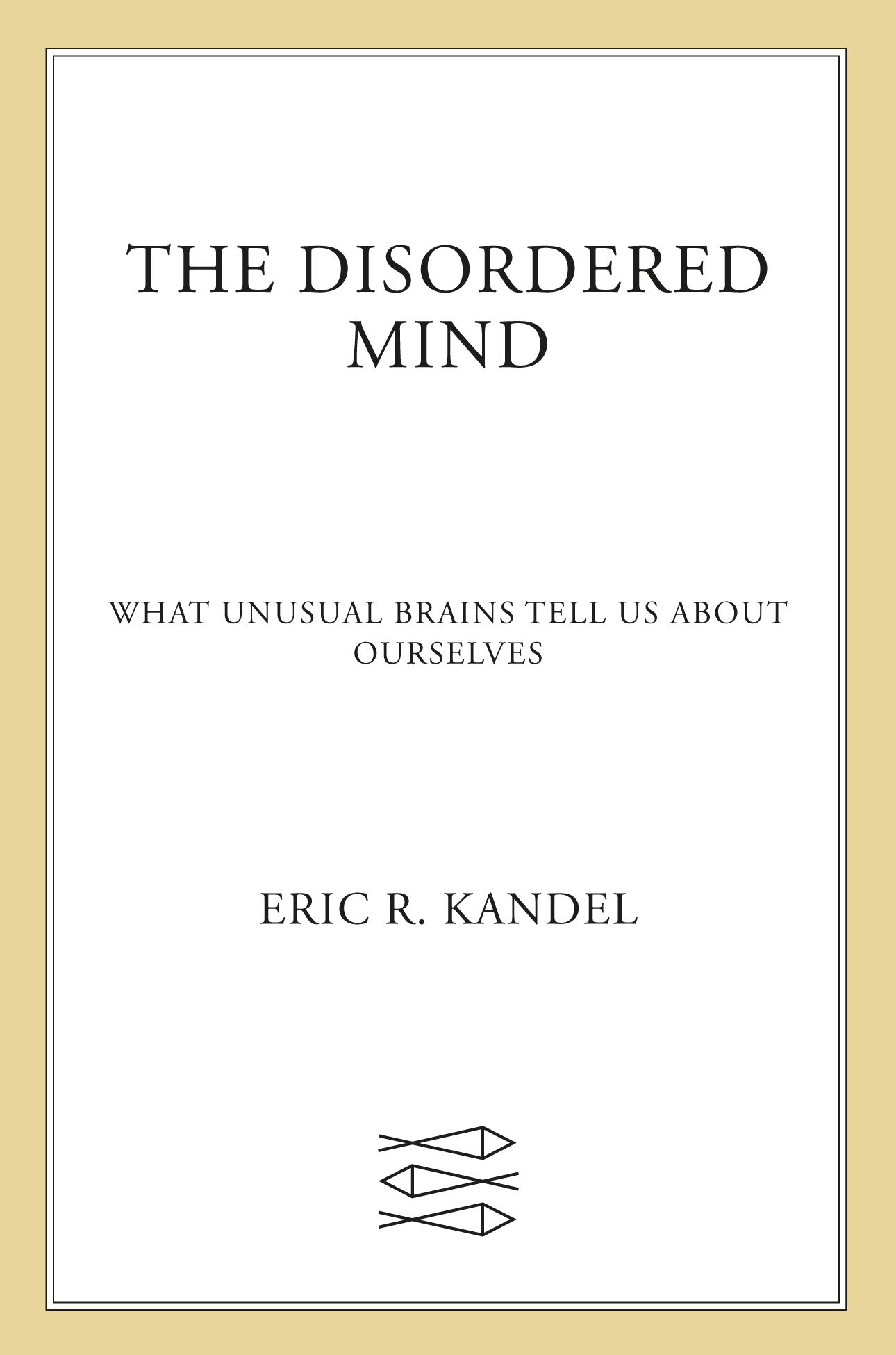Contents
Guide
Pagebreaks of the print version
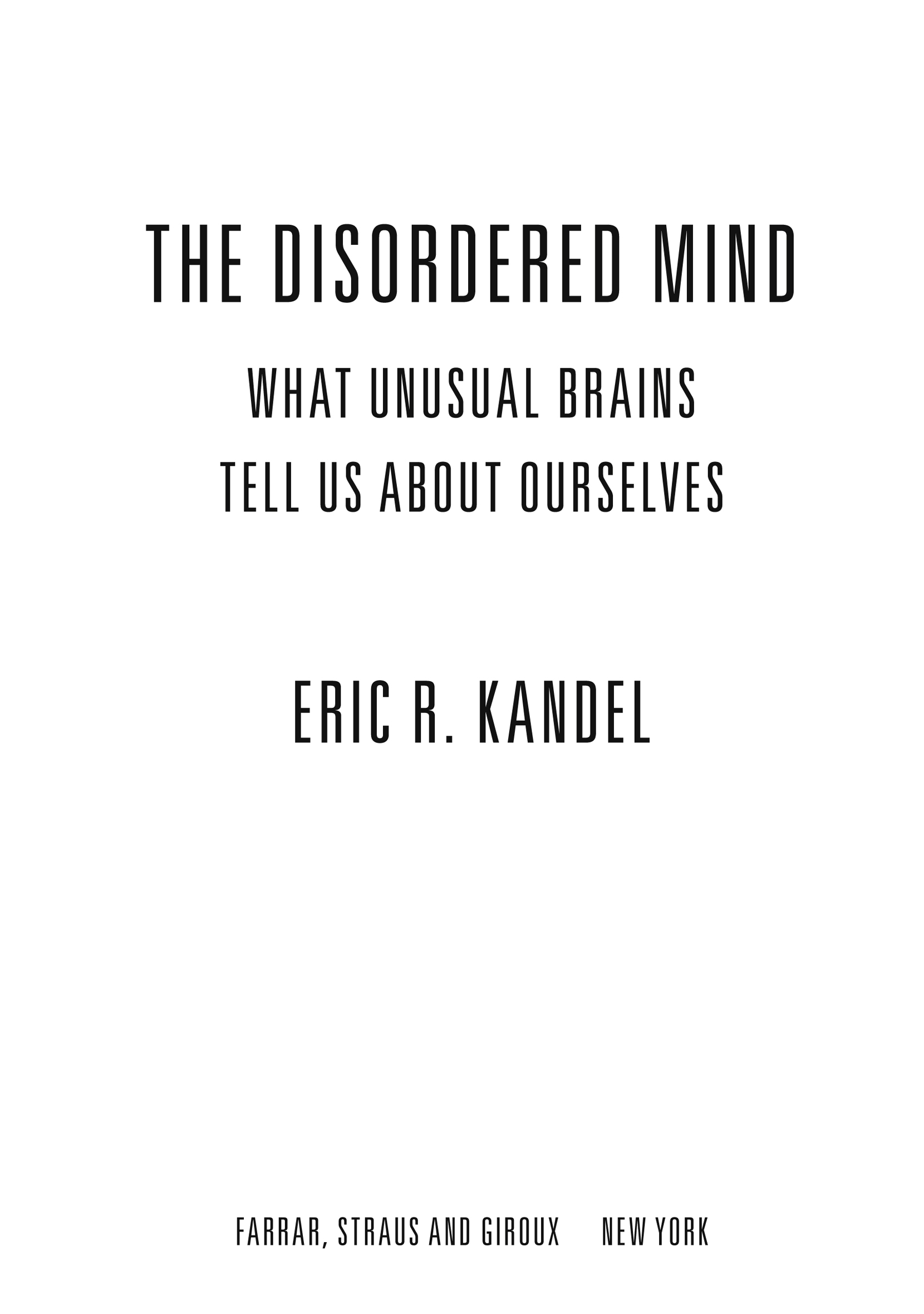
The author and publisher have provided this e-book to you for your personal use only. You may not make this e-book publicly available in any way. Copyright infringement is against the law. If you believe the copy of this e-book you are reading infringes on the authors copyright, please notify the publisher at: us.macmillanusa.com/piracy.
For Denise,
My constant companion, my strongest critic, and my continuous source of inspiration
The mind is like an iceberg, it floats with one-seventh of its bulk above water.
Sigmund Freud
I have spent my entire career trying to understand the inner workings of the brain and the motivation for human behavior. Having escaped from Vienna as a young boy soon after Hitler occupied it, I was preoccupied with one of the great mysteries of human existence: How can one of the most advanced and cultured societies on earth turn its efforts so rapidly toward evil? How do individuals, when faced with a moral dilemma, make choices? Can the splintered self be healed through skilled human interaction? I became a psychiatrist in hopes of understanding and acting on these difficult problems.
As I began to appreciate the elusiveness of the problems of the mind, however, I turned to questions that could be answered more definitively through scientific research. I focused on small collections of neurons in a very simple animal, and eventually discovered some of the fundamental processes underlying elementary forms of learning and memory. While I have enjoyed my work a great deal and it has been amply appreciated by others, I realize that my findings represent but a small advance in the quest to understand the most complex entity in the universethe human mind.
This pursuit has animated philosophers, poets, and physicians since the dawn of humankind. Engraved on the entrance of the Temple of Apollo at Delphi was the maxim Know thyself. Ever since Socrates and Plato first reflected on the nature of the human mind, serious thinkers of every generation have sought to understand the thoughts, feelings, behavior, memories, and creative powers that make us who we are. For earlier generations, this quest was restricted to the intellectual framework of philosophy, as embodied in the seventeenth-century French philosopher Ren Descartess pronouncement I think, therefore I am. Descartess guiding idea was that our mind is separate from, and functions independently of, our body.
One of the great steps forward in the modern era was the realization that Descartes had it backward: in actuality, I am, therefore I think. This reversal came about in the late twentieth century, when a school of philosophy that was concerned with mind, a school led importantly by people such as John Searle and Patricia Churchland, merged with cognitive psychology, the science of mind, and both then merged with neuroscience, the science of the brain. The result was a new, biological approach to mind. This unprecedented scientific study of mind is based on the principle that our mind is a set of processes carried out by the brain, an astonishingly complex computational device that constructs our perception of the external world, generates our inner experience, and controls our actions.
The new biology of mind is the last step in the intellectual progression that began in 1859 with Darwins insights into the evolution of our bodily form. In his classic book On the Origin of Species , Darwin introduced the idea that we are not unique beings created by an all-powerful God, but instead are biological creatures that have evolved from simpler animal ancestors and share with them a combination of instinctual and learned behavior. Darwin elaborated on this idea in his 1872 book, The Expression of the Emotions in Man and Animals , in which he presented an even more radical and profound idea: that our mental processes evolved from animal ancestors in much the same way that our morphological features did. That is, our mind is not ethereal; it can be explained in physical terms.
Brain scientists, myself included, soon realized that if simpler animals exhibit emotions similar to ours, such as fear and anxiety in response to threats of bodily harm or diminished social position, we should be able to study aspects of our own emotional states in those animals. It subsequently became clear from studies of animal models that, much as Darwin had predicted, even our cognitive processes, including primitive forms of consciousness, evolved from our animal ancestors.
The fact that we share aspects of our mental processes with simpler animals and can therefore study the workings of the mind on an elementary level in those animals is fortunate, because the human brain is astonishingly complex. That complexity is most evidentand most mysteriousin our awareness of self.
Self-awareness leads us to question who we are and why we exist. Our myriad creation mythologiesthe stories each society tells about its originsarose from this need to account for the universe and our place in it. Seeking answers to these existential questions is an important part of what defines us as human beings. And seeking answers to how the intricate interactions of brain cells give rise to consciousness, to our awareness of self, is the great remaining mystery in brain science.
How does human nature arise from the physical matter of the brain? The brain can achieve consciousness of self and can perform its remarkably swift and accurate computational feats because its 86 billion nerve cellsits neuronscommunicate with one another through very precise connections. During the course of my career, my colleagues and I have been able to show in a simple invertebrate marine animal, Aplysia , that these connections, known as synapses, can be altered by experience. This is what enables us to learn, to adapt to changes in our surroundings. But the connections among neurons can also be altered by injury or disease; moreover, some connections may fail to form normally during development, or even to form at all. Such cases result in disorders of the brain.
Today, as never before, the study of brain disorders is giving us new insights into how our mind normally functions. What we are learning about autism, schizophrenia, depression, and Alzheimers disease, for example, can help us understand the neural circuits involved in social interactions, in thoughts, feelings, behavior, memory, and creativity just as surely as studies of those neural circuits can help us understand brain disorders. In a larger sense, much as the components of a computer reveal their true functions when they break down, so the functions of the brains neural circuits become dramatically clear when they falter or fail to form correctly.
This book explores how the processes of the brain that give rise to our mind can become disordered, resulting in devastating diseases that haunt humankind: autism, depression, bipolar disorder, schizophrenia, Alzheimers disease, Parkinsons disease, and post-traumatic stress disorder. It explains how learning about these disordered processes is essential for improving our understanding of the normal workings of the brain, as well as for finding new treatments for the disorders. It also illustrates that we can enrich our understanding of how the brain works by examining normal variations in brain function, such as how the brain differentiates during development to determine our sex and our gender identity. Finally, the book shows how the biological approach to mind is beginning to unravel the mysteries of creativity and of consciousness. We see, in particular, remarkable instances of creativity in people with schizophrenia and bipolar disorder and find that their creativity arises from the same connections between brain, mind, and behavior present in everyone. Modern studies of consciousness and its disorders suggest that consciousness is not a single, uniform function of the brain; instead, it is different states of mind in different contexts. Moreover, as earlier scientists discovered and as Sigmund Freud had emphasized, our conscious perceptions, thoughts, and actions are informed by unconscious mental processes.


